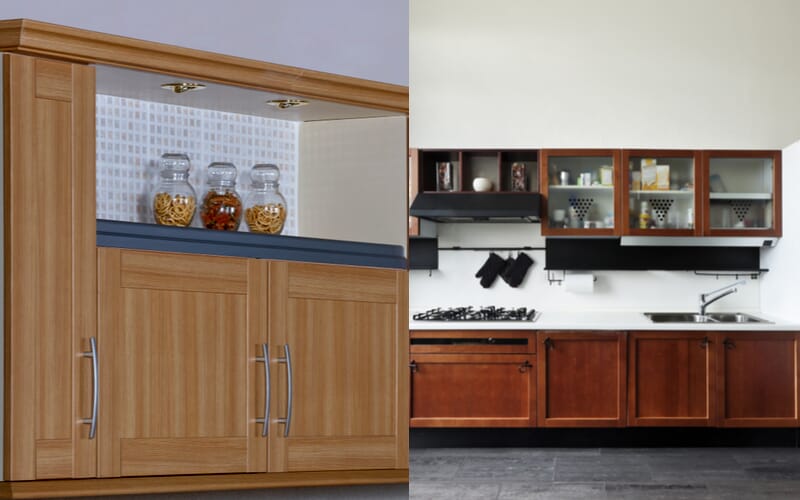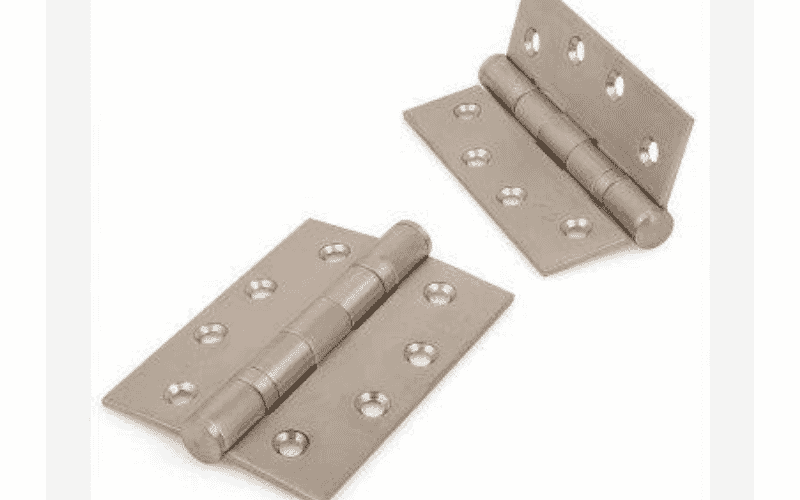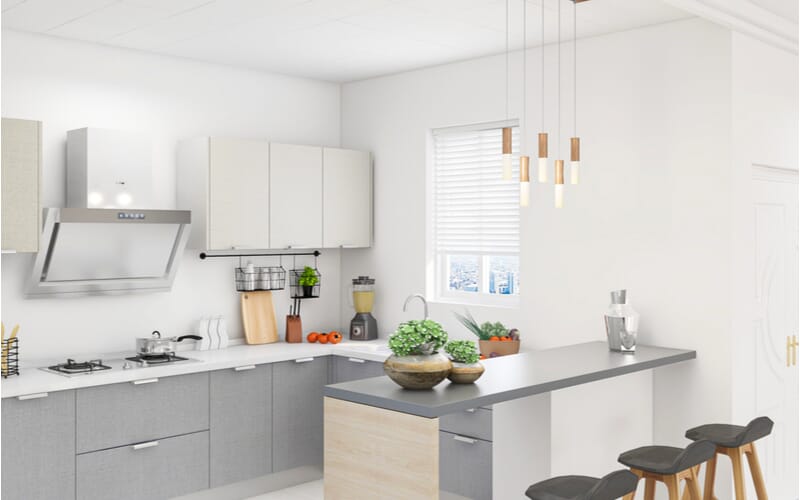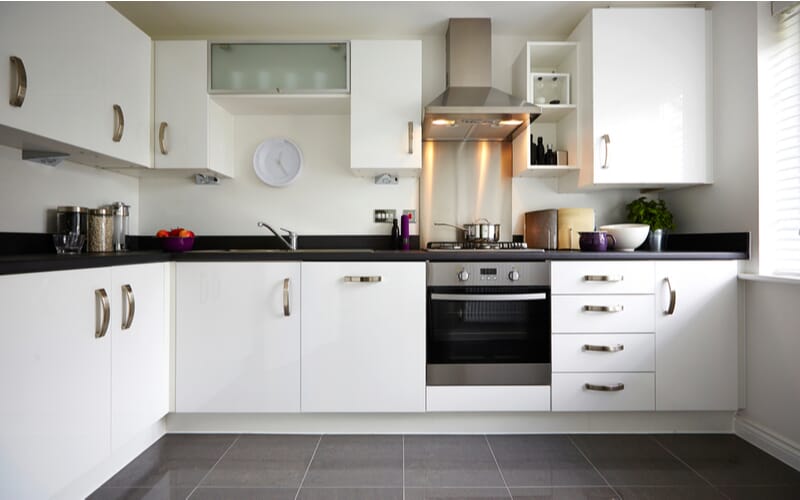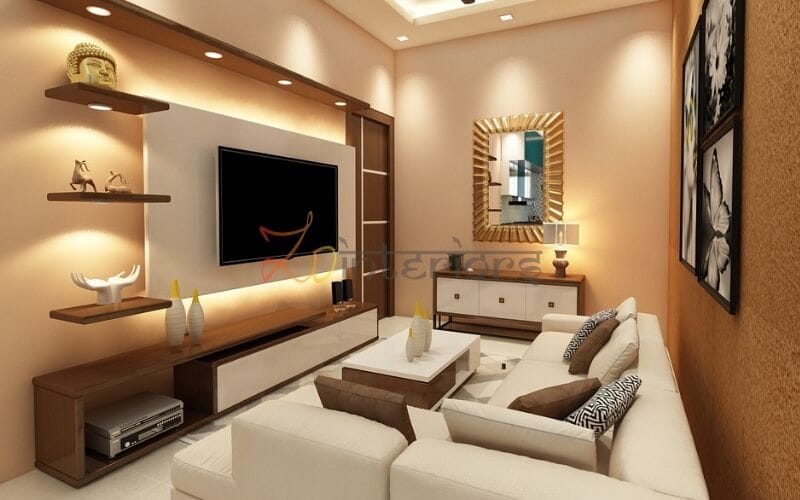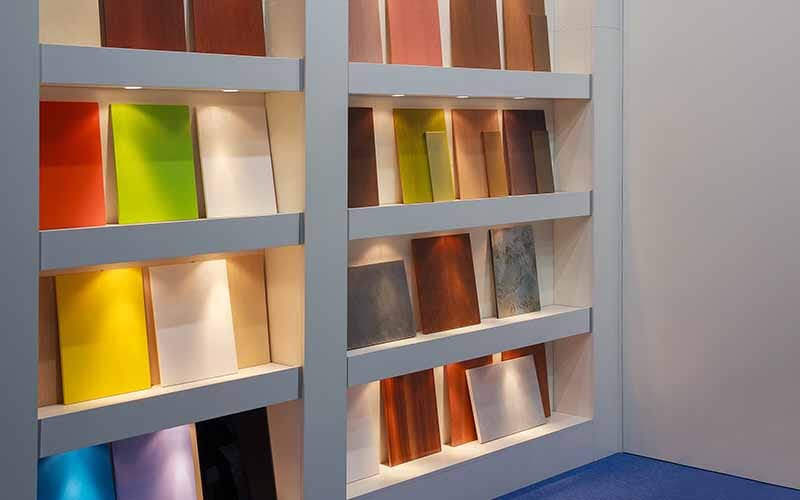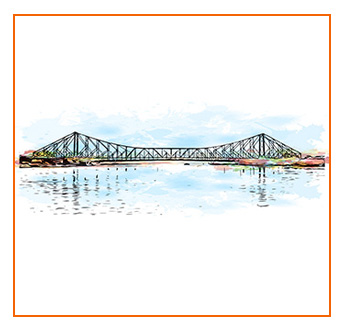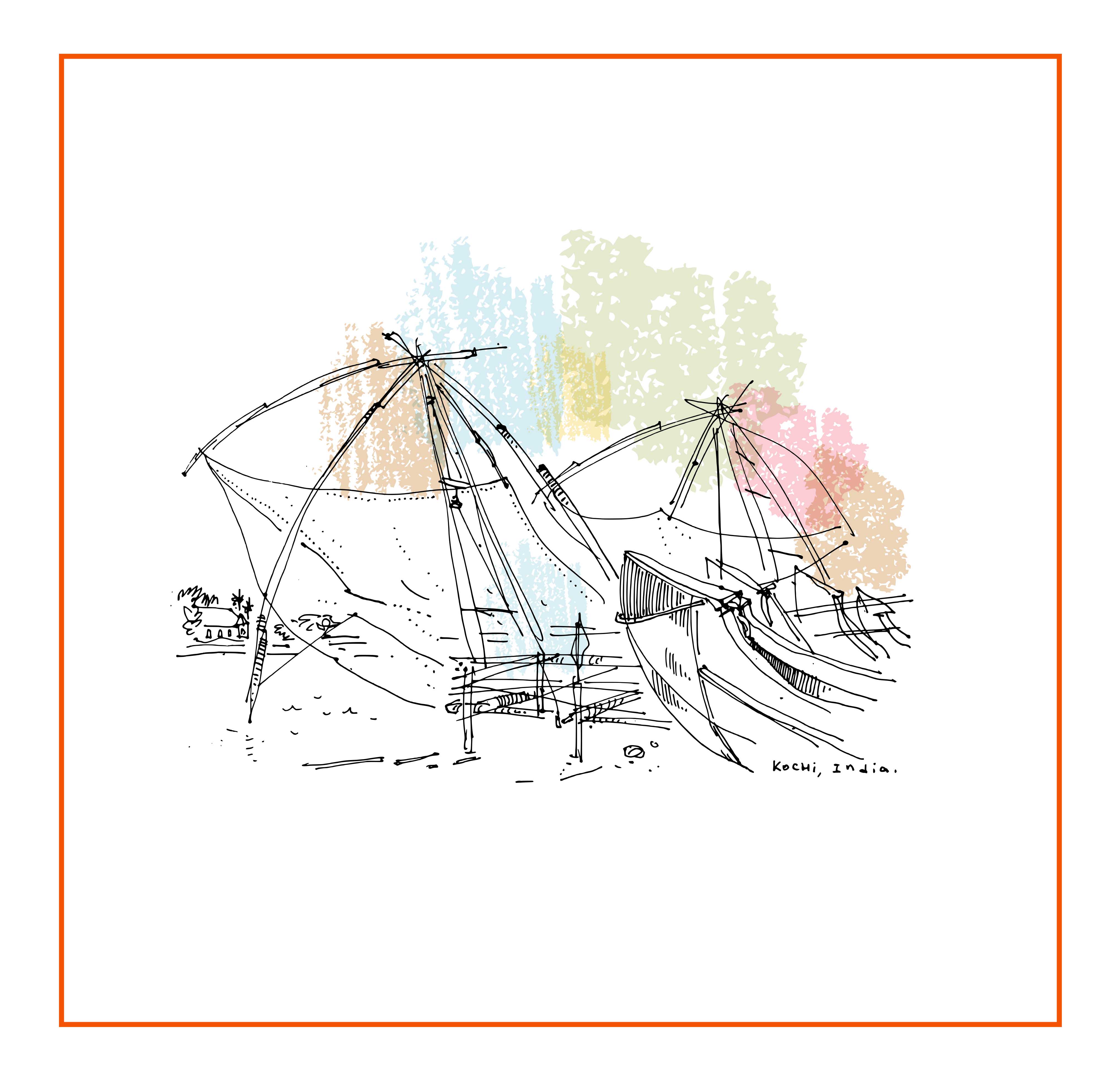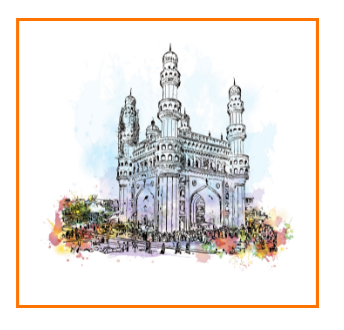Table of Contents
Why should you use plywood for your kitchen?
Plywood has become a requirement in today’s world. Plywood boards, which are ideal for a variety of uses, have truly enlarged the scope of wood craftsmanship. Homeowners have relied largely on plywood planks in their building and furniture. As a consequence, the timber sector has been rejuvenated in a significant way. The kitchen is a place where a huge amount of water and moisture is present on a regular basis. As a result, employing hardwood for cabinets or other kitchen areas will not suffice. Despite its widespread use, not everyone is familiar with plywood in its totality. Consumers are occasionally perplexed as to which plywood to select for which use. Don’t be concerned! It is not as intimidating as it appears. Choosing the most suitable plywood for your kitchen is basic and crucial at the same time.
How so? Since kitchen cabinetry makes up more than half of the skeletal framework of your kitchen, making the correct choice becomes important. Furthermore, the products and finishes you select determine how long they will endure and how durable they will be. Choose the right materials for kitchen cabinets, and you won’t have to undergo that dreaded renovation any sooner than necessary. As a result, in this blog, we’ll discuss what kitchen cabinets are (and should be) built of, popularly called the kitchen carcass. Here’s some advice on how to choose the finest plywood for the kitchen.
What is Plywood?
Plywood is a man-made material which consists of several thin layers of wood (veneer) glued tightly together to form one sheet or board. It is available in several thicknesses and shows resistance to moisture and heat – thus a perfect fit for our Indian kitchens.
Best Plywood for Modular Kitchen
Marine Plywood
Marine plywood cupboards are one of the most popular kitchen cabinet designs in the United States. They are extremely liquid-resistant and can withstand boiling hot water for 500 hours or more. Marine Plywood Kitchen Cupboards are especially beneficial in areas where there is a greater risk of leaking, such as under the wash basin. Pest and borer-proof, Marine Plywood is totally unharmed by water. This is frequently regarded as one of the most expensive and finest plywood for modular kitchens.
Disadvantages:
- It costs much more than MDF (Medium Density Fiberboard) since there are several steps involved in its production. For example, a procedure involving exceptionally high pressure and temperature.
- It is composed of thin strata, as we all know. As a result, once it is overburdened, it bends quickly.
- It’s impossible for the average person (who doesn’t know plenty about woodwork or furniture) to tell if plywood was made with good or terrible veneers.
- Compounds are utilized in the manufacture of marine plywood to preserve the wooden veneer against pests and ants that are also damaging to humans’ breathing.
Boiling Water Resistant Plywood
Another popular alternative for Kitchen Plywood is Boiling Water Resistant Plywood, sometimes abbreviated as BWR plywood. These aren’t really as waterproof as Marine Plywood, but they are an excellent budget option. These have excellent mechanical properties and are very resistant to deformation and dampness. Marine Plywood Kitchen Cabinets may be used right beneath the kitchen sink, and BWR Plywood can be used for the remainder of the modular kitchen furniture for those on a budget.
Disadvantages:
BWR Plywood is of lesser strength and durability than Marine Plywood
Fire-Retardant Plywood
For components of the kitchen design that are immediately above the burner or for a shelf close to the fire, Fire-Retardant plywood is a good alternative. These days, there is a lot of news concerning culinary mishaps. Plywood that is fire-tolerant is very resistant to igniting and can even postpone ignition, giving us more time to flee. They limit harmful emissions to a minimal amount in the case of a fire, minimizing dizziness and respiratory diseases. This is, without a doubt, one of the best plywoods for a modular kitchen if you want to avoid fires.
Disadvantages:
- One key issue that regulatory authorities and end-users of fire-retardant plywood are concerned about is its toxicity.
- Salt may pass through the membrane of fireproof plywood if it is exposed to high humidity. If the paneling is preserved and handled correctly, this may be prevented.
Moisture resistant plywood (MR grade)
Moisture resistant plywood (MR grade) is a type of plywood that is resistant to moisture. This plywood, meanwhile, is not waterproof, but it does contain a waterproof adhesive that allows it to operate in wet and humid environments. Waterproof plywood does not delaminate, making it suitable for use in areas such as the kitchen. In the event of a water leak, however, it is susceptible to damage and deterioration. For the greatest outcomes, it’s always advisable to stick with the options outlined above.
Disadvantages:
- Sadly, MR Plywood can only survive moisture and not liquid. Owing to its moisture resistance, MR grade plywood is by far the most preferred type of plywood in warm and humid situations, especially in tropical nations.
- MR plywood has a history of fragmenting and splitting, and its corners are tough to slice and drill into.
- Because it uses veneer from pure wood, it is less environmentally friendly than certain other pressed boards.
Other Options for Modular Kitchens:
High-Density & Medium-Density Fibreboards
HDF and MDF are both synthetic woods that are made by compressing tiny wood chips and fibers under intense heat and pressure and then adhering them together with a resin. HDF, on the other hand, is a higher-grade MDF that is tougher and thicker. Despite the fact that they’re made of two distinct materials! These panels are most probably used to make the IKEA furniture items you’ve been eyeing. Despite the fact that they’re both typical kitchen cabinetry materials, Indian designers and constructors choose MDF for closets and doors, as well as kitchen cabinet shutters.
Advantages:
- HDF and MDF both have a smooth surface (which makes painting simpler!) and can be readily cut for patterns.
- They are around 20% less expensive than ordinary plywood, making them a more cost-effective option (HDF is more expensive than MDF). MDF is normally priced at approximately Rs. 50 per square foot. Choose from Centuryply and Greenply.
- Both are environmentally friendly solutions since they are created from wood fragments left over from previous projects or other sources.
Disadvantages:
- They’re tougher to handle since they’re thicker (not sturdier!) than plywood. They’re also not as sturdy as plywood.
- Both are neither water nor moisture proof, making them unsuitable for locations near the sink.
- Because they’re formed of microscopic granules and fragments, they don’t retain screws very well.

